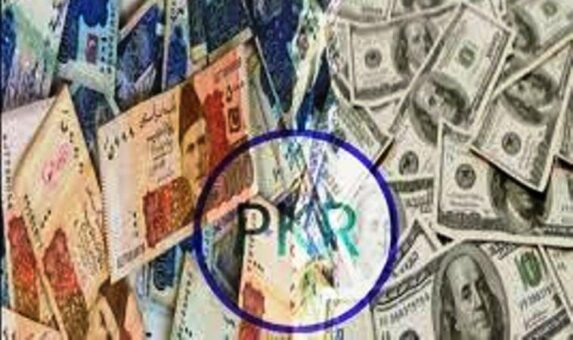KARACHI: The Pak Rupee depreciated by 79 paisas against the dollar on Thursday owing to rising demand for import and corporate payments.
The rupee ended Rs160.62 to the dollar from the previous day’s closing of Rs159.83 in the interbank foreign exchange market.
Currency dealers said that despite positive reports of current account surplus and improved foreign exchange reserves the rupee was unable to recover against the greenback.
They said that in the earlier trade after the flow of news regarding current account surplus and improved foreign exchange reserves the rupee had shown resilience.
The liquid foreign exchange reserves of the country crossed over $20 billion by week ended November 13, 2020, State Bank of Pakistan (SBP) said on Thursday.
The foreign exchange reserves of the country increased by$178 million to $20.085 billion by week ended November 13, 2020 as compared with $19.907 billion a week ago.
Similarly, the balance of payment posted a current account surplus of $1.16 billion during the first four months (July – October) of current fiscal year 2020/2021. During the same months of the last fiscal year the balance of payment posted a current account deficit of $1.42 billion.
